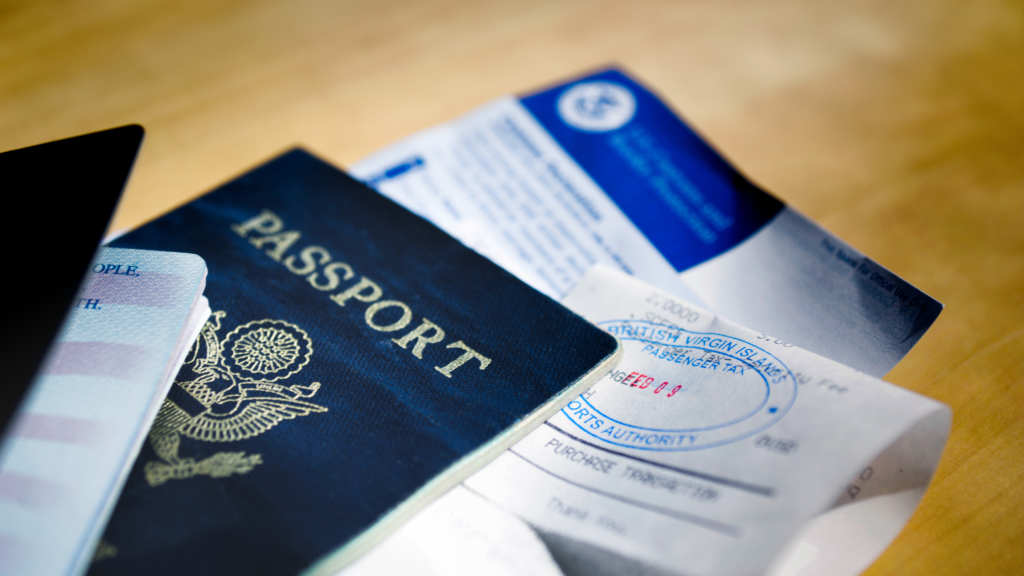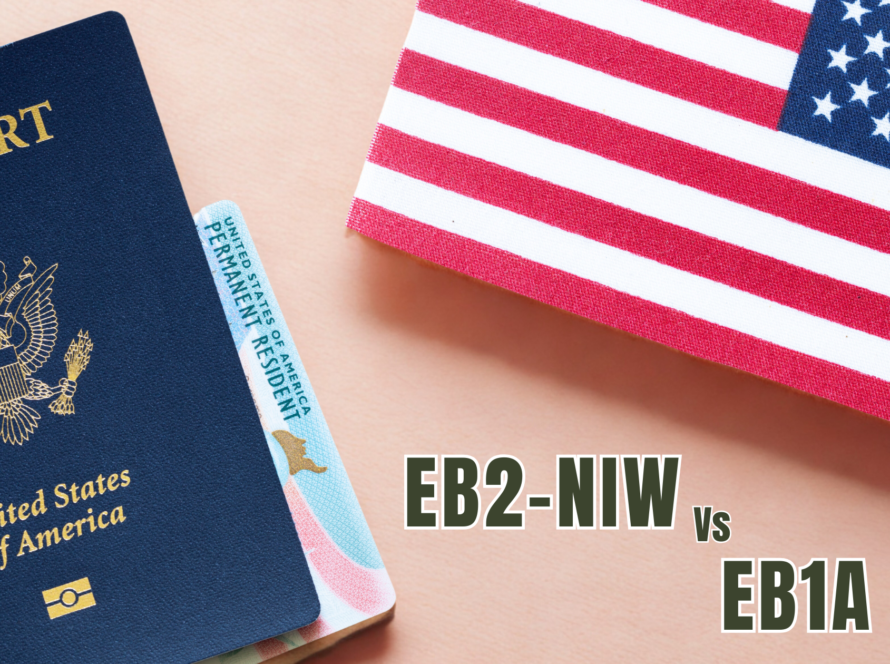
Premium is not universally better than regular processing for an EB1A visa, but it’s strategically better in the right circumstances.
However, the choice between regular processing and premium processing for EB-1A depends on your timeline, budget, and immigration strategy. For some applicants, paying for premium is the smarter move. For others, regular processing is perfectly sufficient.
We will explain when premium processing is truly “better” and when you can safely stick with the regular route.
How Regular Processing Fits Certain Applicants
Regular I-140 processing takes 8–14 months, which can stretch longer if USCIS issues a Request for Evidence (RFE).
This option is usually better for applicants with:
- Stable visa status (H-1B, O-1, etc.) that won’t expire soon.
- No urgent job or travel deadlines.
- Budget constraints, since regular processing avoids the extra $2,805 premium fee.
In short, if you can afford to wait and want to save money, regular processing may be the more practical choice.
When Premium Processing Becomes the Better Option
Premium processing is not necessary for every applicant. For some, the extra cost provides little practical advantage. For others, it can be the difference between success and missed opportunities.
Premium processing is better for applicants who:
- Facing time-sensitive immigration challenges like a need to secure an I-140 approval before a job deadline or tenure-track decision.
- Risk falling out of status if their current visa expires. For example, An H-1B worker nearing their cap or an OPT holder facing expiration can use premium to secure an I-140 approval in time to maintain lawful status.
- Plan to file Adjustment of Status (I-485) concurrently and want the case to move forward quickly.
- Prefer peace of mind and certainty over months of waiting.
By contrast, if you already hold secure status, have no pressing deadlines, and your visa category is current, regular processing is usually sufficient. You save thousands of dollars while still eventually achieving the same outcome.
When Premium Processing Makes Sense
Situations where premium is most beneficial include:
- Personal Planning: Whether moving families, buying property, or starting a business, many applicants prefer certainty over waiting.
- Upcoming Job Deadlines: A professor awaiting tenure, or an executive expected to start a new role, may need an I-140 decision before a specific date.
- Expiring Visas: An H-1B worker nearing their cap or an OPT holder facing expiration can use premium to secure an I-140 approval in time to maintain lawful status.
- Concurrent Filings: If you are filing I-485 at the same time as your I-140, premium ensures the green card process starts immediately instead of stalling.
Comparing the Trade-Offs
| Factor | Regular Processing | Premium Processing |
| Timeline | Slow (8–14 months) | Fast (45 business days) |
| Cost | Less expensive | More expensive |
| Certainty | Uncertain timeline | Predictable decision |
| Best For | Flexible applicants | Time-sensitive applicants |
Regular processing saves money but requires patience. Premium processing costs more but gives you a result quickly.
How to Decide What’s “Better” for You
There is no one-size-fits-all answer. The right choice between premium processing and regular processing for eb1a depends entirely on your timeline, budget, and immigration goals.
If time is critical, premium processing is usually the better option. It reduces uncertainty and keeps your plans moving forward.
If saving money is your top concern, regular processing makes more sense. You avoid the premium fee and still get the same final decision.
If your visa status or career opportunities require a quick result, the premium is worth the extra cost. Delays could affect your work authorization or long-term plans.
In the end, the “better” option between premium processing and regular processing for eb1a visa whichever aligns with your personal circumstances and priorities.
So, is it better to go for premium processing for EB-1A?
- No, regular is better if you have time to wait and prefer to save money.
- Yes, it is better if you have deadlines, status concerns, or simply need peace of mind.
FAQ: Premium Processing for EB1A vs Regular Processing
Does premium processing speed up the green card process?
No. Premium only speeds up the I-140 stage. It doesn’t affect visa bulletin movement or I-485 adjudication, though it can help you file the I-485 sooner if eligible.
How fast is EB-1A premium processing?
Premium processing guarantees USCIS action within 45 business days. This may be an approval, denial, or RFE. If USCIS misses the deadline, your premium fee is refunded.
How long does regular EB-1A processing take?
Regular I-140 processing typically takes 8–14 months. Timelines vary by USCIS service center, and cases can be delayed if a Request for Evidence is issued.
Is premium processing always better for EB-1A?
Not always. Premium is better if you need speed, but regular processing works fine if you have time and prefer to save money.
Take the Next Step in Your EB1A Journey
Don’t navigate this complex process alone. My Green Card Story is here to help you every step of the way. From gathering essential documents to handling RFEs and assembling a compelling petition, our expert consultants specialize in EB-2 NIW applications.
✅ Book a personalized consultation today!
✅ Get expert guidance tailored to your unique case.
✅ Accelerate your path to U.S. permanent residency.
Click here to schedule your consultation now!
For official information on the EB-2 and NIW process, visit the USCIS website.
Let’s make Your EB2-NIW & EB1A journey a success! Stay connected with us! Follow My Green Card Story on all our socials for the latest updates, tips, and inspiring success stories. Got questions? We’re here to help!



